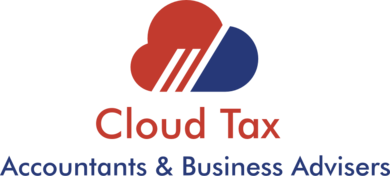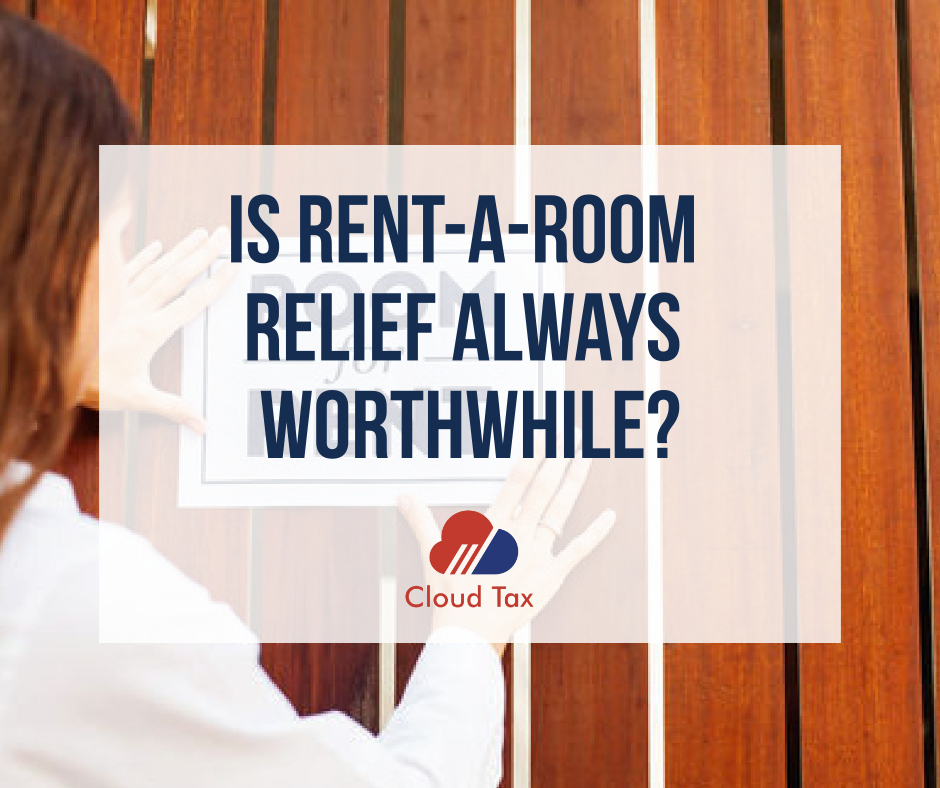Rent-a-room relief aims to encourage those with spare rooms in their homes to let them out to increase the supply of furnished rental accommodation. Under the scheme, a person can earn up to £7,500 each tax year tax-free from letting out furnished accommodation in their own home. The limit is halved where the income is shared by two or more people, each person being able to earn £3,750 tax-free a year.
Automatic exemption
Where rental income is less than the rent-a-room limit of £7,500 (or £3,750 where income is shared), the tax exemption is automatic. There is no need to tell HMRC about the rental income, or claim the relief.
Rental income of more than the tax-free limit
If the rental income that a taxpayer receives from letting a room in their house exceeds the rent-a-room limit of £7,500 (or £3,750 where income is shared), the taxpayer has the option of claiming rent-a-room relief or working out the associated rental profit in the usual way. Where rent-a-room relief is claimed, the taxpayer simply deducts the rent-a-room tax-free limit from their rental income to arrive at their taxable rental profit.
Where rental profit exceeds the tax-free rent-a-room limit, the taxpayer must complete a self-assessment tax return. If the relief is to be claimed, the claim can be made in the tax return. Whether a claim is worthwhile or not will depend on whether actual expenses are more than the rent-a-room tax-free limit.
Example
Maisie lives alone and lets out a furnished room in her home, receiving rental income of £10,000 for the tax year. Her associated expenses are £2,000. If she claims rent-a-room relief, she will pay tax on rental profits of £2,500 (£10,000 – £7,500). However, if she does not claim the relief, she will pay tax on the excess of her rental income over her actual expenses, a taxable rental profit of £8,000 (£10,000 – £2,000). Opting into the scheme is clearly beneficial as this reduces her taxable rental profits by £5,500. If Maisie is a higher rate taxpayer, this will save her tax of £2,200 (£5,500 @ 40%).
Mathew also lives alone renting out a furnished room in his home. His rental income is also £10,000, but his associated expenses are £9,000. In Matthew’s case, opting into the rent-a-room scheme is not beneficial as doing so will increase his taxable profit from £1,000 (£10,000 – £9,000) to £2,500 (£10,000 – £7,500).
Preserving losses
The rent-a-room scheme cannot be used to create a loss, and where actual expenses exceed rental income, it will generally be better not to opt into the scheme in order to preserve the loss so that it can be carried forward and set against future rental profits. However, if the likelihood of being able to use the loss is small, it may be preferable to take advantage of the rent-a-room exemption to save work.
Example
Maud lets a furnished room in her own home, receiving a rental income of £3,000. The associated expenses are £4,000. If she chooses to use the rent-a-room scheme (which may be attractive due to its simplicity) she does not need to report the income to HMRC. However, if she wishes to preserve the loss of £1,000 (£3,000 – £4,000), she will need to complete the property pages of the self-assessment tax return.
No one size fits all
The extent to which it is beneficial to claim rent-a-room relief will depend on personal circumstances.
For more information, Book a Free Consultation!

